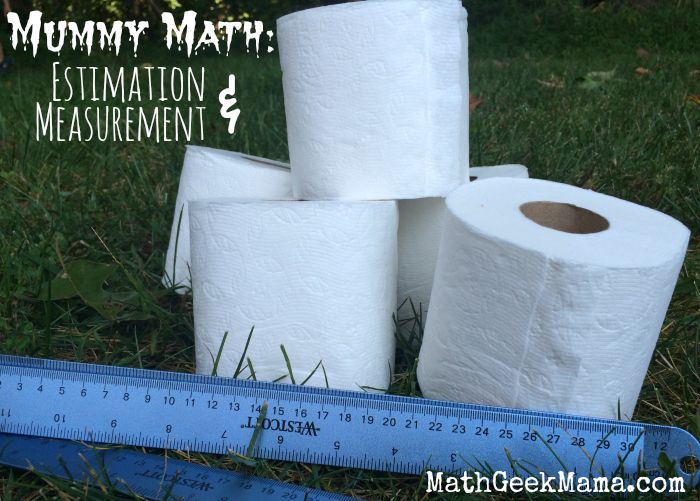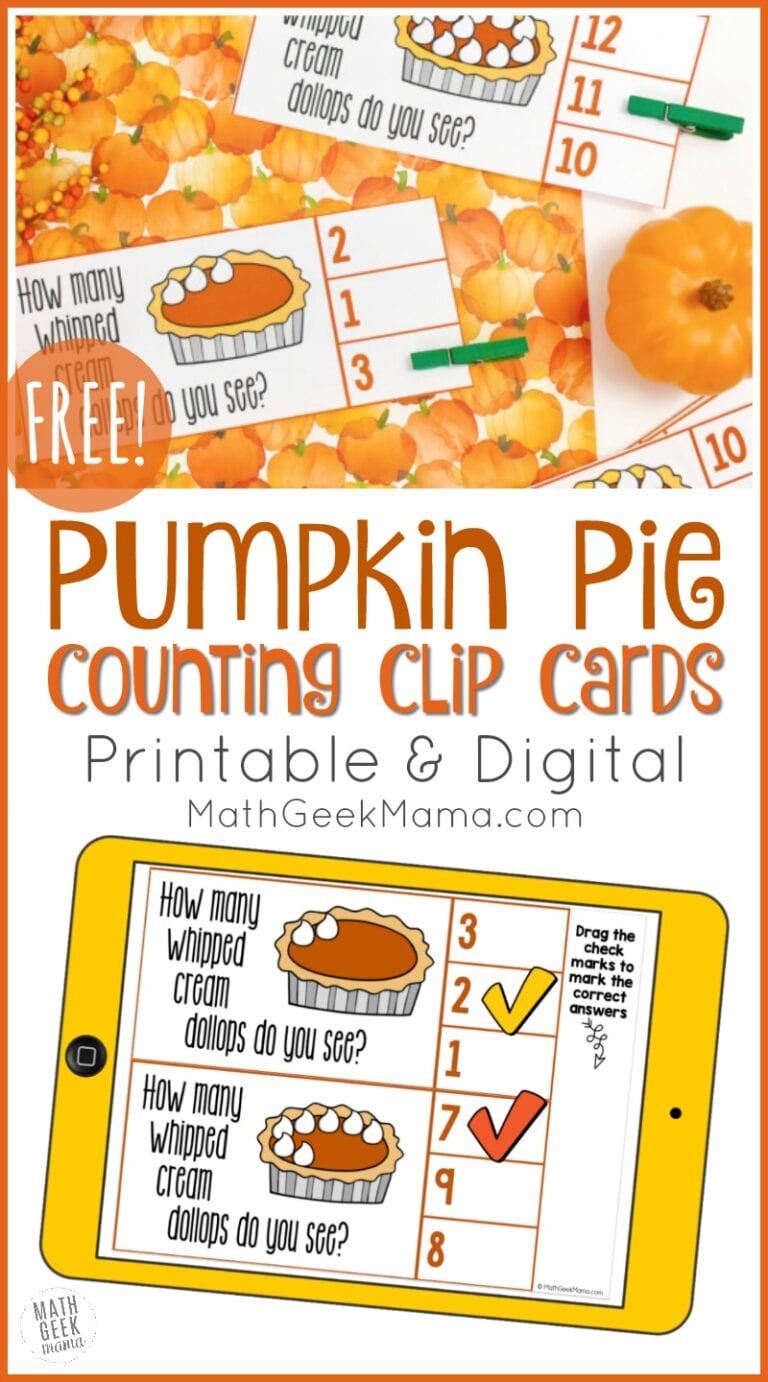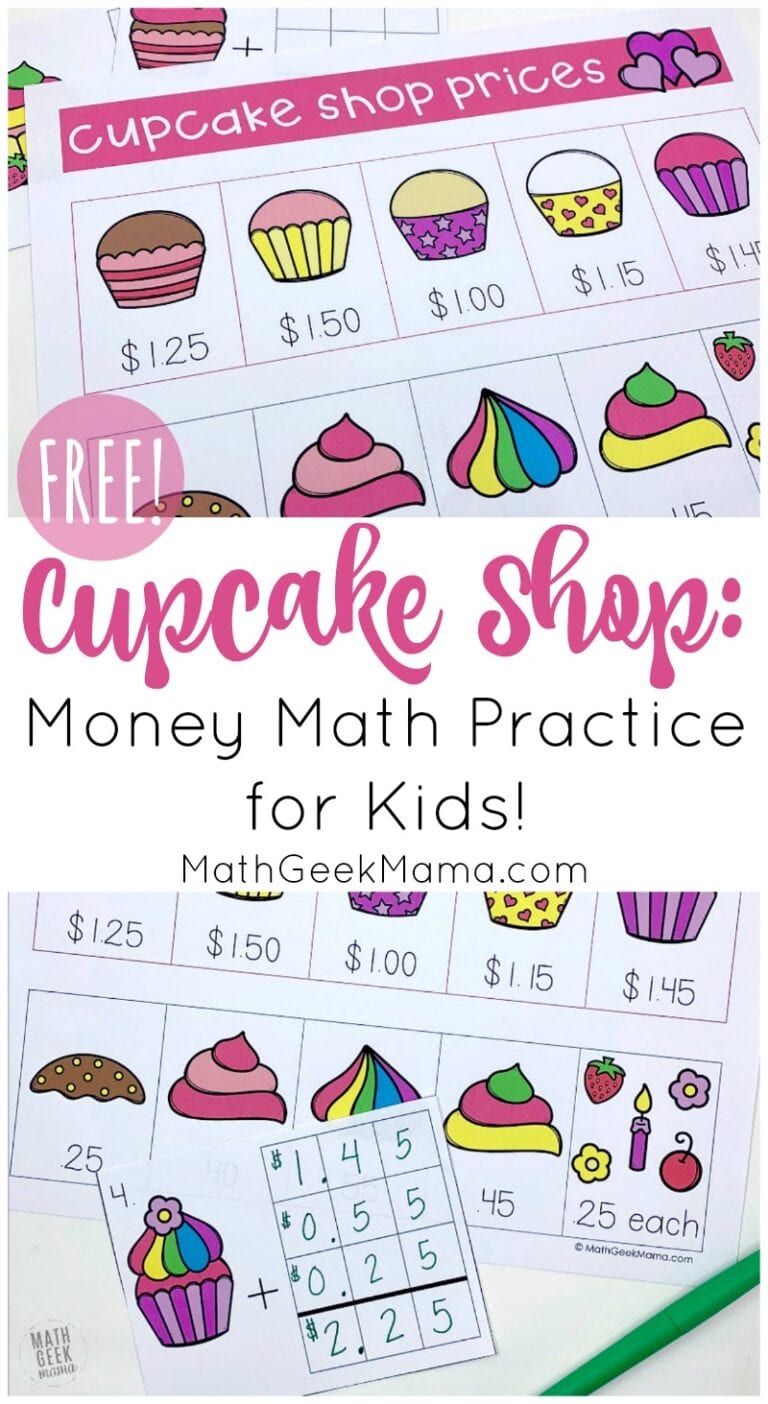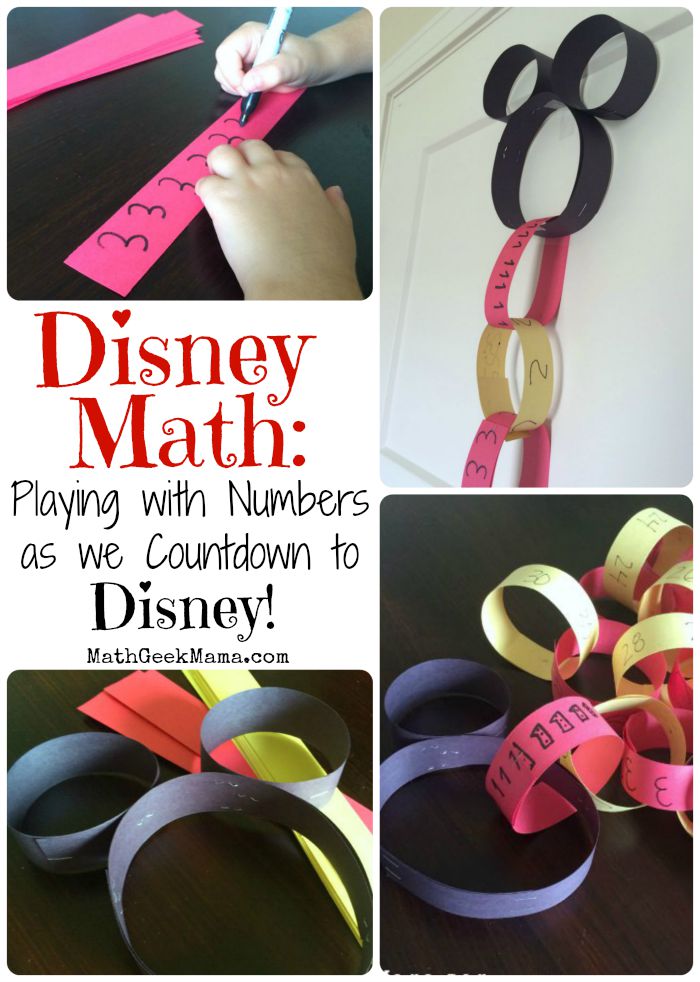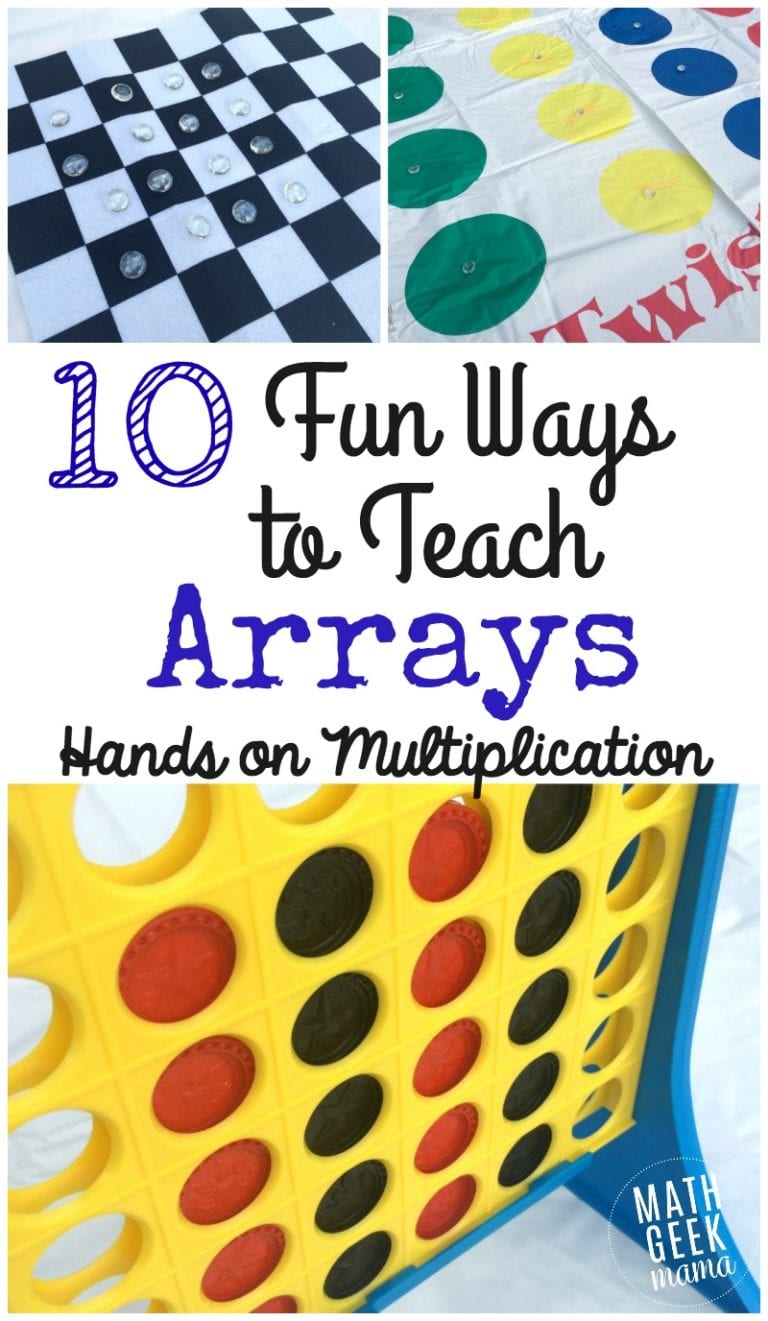“Make 100” Math Games for 100th Day of School
Want to boost mental math skills and number sense? Grab this set of “make 100” math games and celebrate the 100th day of school!
Do you celebrate the 100th day of school with your students? Although it’s not a specific, recognized holiday, it does provide a chance to have some fun and acknowledge a milestone in your school year. So why not take the opportunity to celebrate? That doesn’t mean you have to take a break from important math learning, of course! So today I’m sharing some low-prep but fun 100th day of school math games to help your kids build number sense and strengthen their mental math skills. And of course, celebrate the number 100 and the fact that you’re only 80 school days away from the end of the school year…but who’s counting! 😉
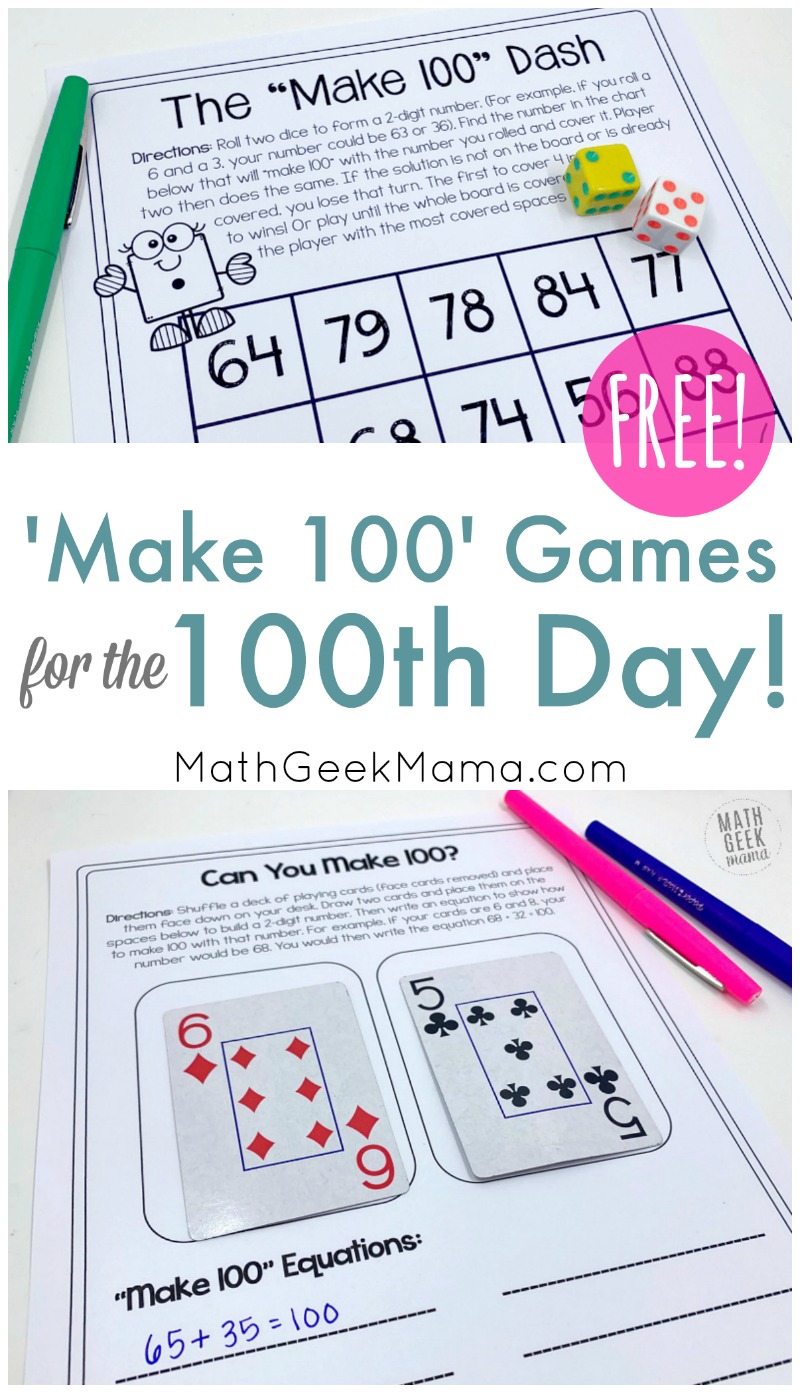
Please Note: This post contains affiliate links that support the work of this site. Read our full disclosure here.
“Make 100” Math Games:
Although there are lots of different ways to celebrate the 100th day, I think giving kids time to play with the number 100 is a great idea!
Rather than telling your kids tips or strategies for making 100 (i.e. make sure the tens equal 90 and the ones equal 10) give them a chance to play with and struggle through it on their own.
Then when they finally have that break through “a-ha” moment, where they see a pattern or understand the “trick” of making 90 and 10, there will be much rejoicing.
And they will be so proud of themselves for seeing the numbers in that way and will be more likely to remember and retain what they’ve learned. (And excited to have a more efficient strategy if they’ve been using something like counting on).
To help support them in this journey, you make want to supply a hundreds chart for them to visualize or mark to find the “pair” to make 100.
(For more ideas for learning with a hundreds chart, see this post!)
“Make 100” Card Game:
The first page of the download uses a simple deck of playing cards for kids to practice “making 100” and writing equations.
To use, remove all the face cards and shuffle the deck well. Place them in a stack face down and give your students a recording page.
They then draw two cards and use them to create a 2-digit number on their game board.
Using that number, they then find the addend that will “make 100” with the number they built.
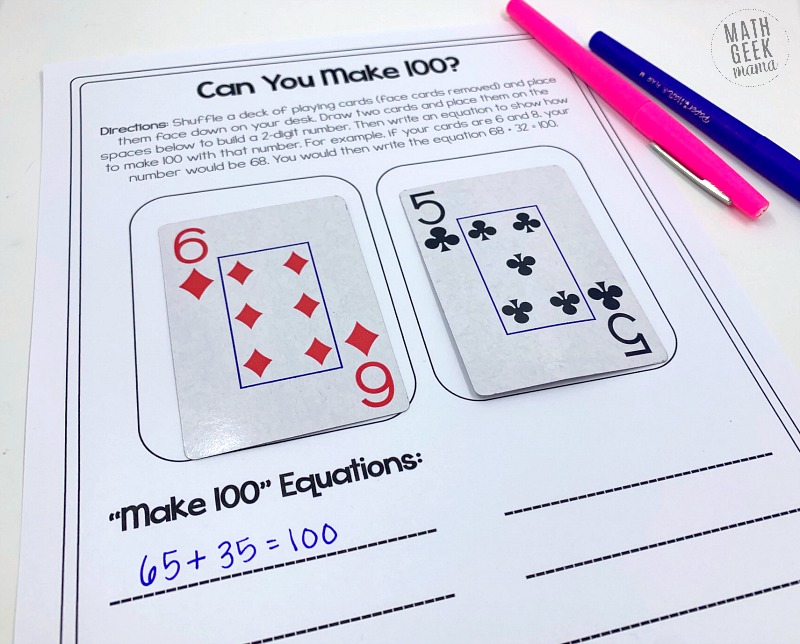
For example, if they draw a 6 and a 5 to make the number 65, they would write 65 + 35 = 100.
Note though, that they could have used the cards to make the number 56. Then they would write 56 + 44 = 100.
If your students are completing this independently, they draw cards and write equations until the recording spaces are filled.
If you’d rather they do this with a partner, they take turns building a number and writing an equation on the recording page. One partner begins by drawing cards and writing the equation. The other partner then checks their answer with the calculator. Then they switch.
“Make 100” Dash Dice Game:
The second low-prep game uses dice, and is designed to be played with a partner. (Although, you could let kids play this independently as well, if you wanted).
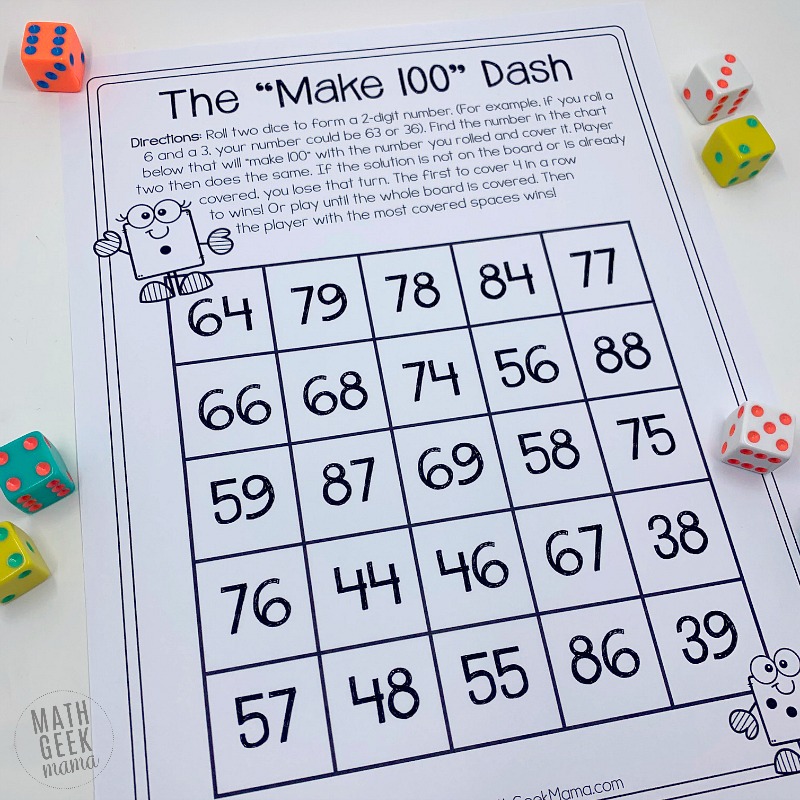
The goal of this game is to be the first to cover 4 in a row, but you could also play until the board is covered completely. Then the player who has covered the most spaces wins.
Materials Needed:
- One game board per group
- Game markers (red and yellow chips, coins, unifix cubes, etc.)-one color per player
- OR laminate the game board and give each player a different colored dry erase marker to cross off their answers
The game begins in a similar way to the card game. Player one rolls two dice and uses the two values to create a 2-digit number.
PLEASE NOTE: Kids will likely try to add the values together, because that is usually the case in dice games. Make sure they know that the numbers each represent a digit, like in the card game.
Player one then covers or crosses off the number that will “make 100” with the number they made with their dice.
Again, like in the card game, they can make 2 different numbers with their dice, so they will want to think about what the best option is, because they’re trying to get 4 in a row.
For example, say they roll a 2 and a 5. They can use this to make the number 25 and cross off or cover 75 on the game board.
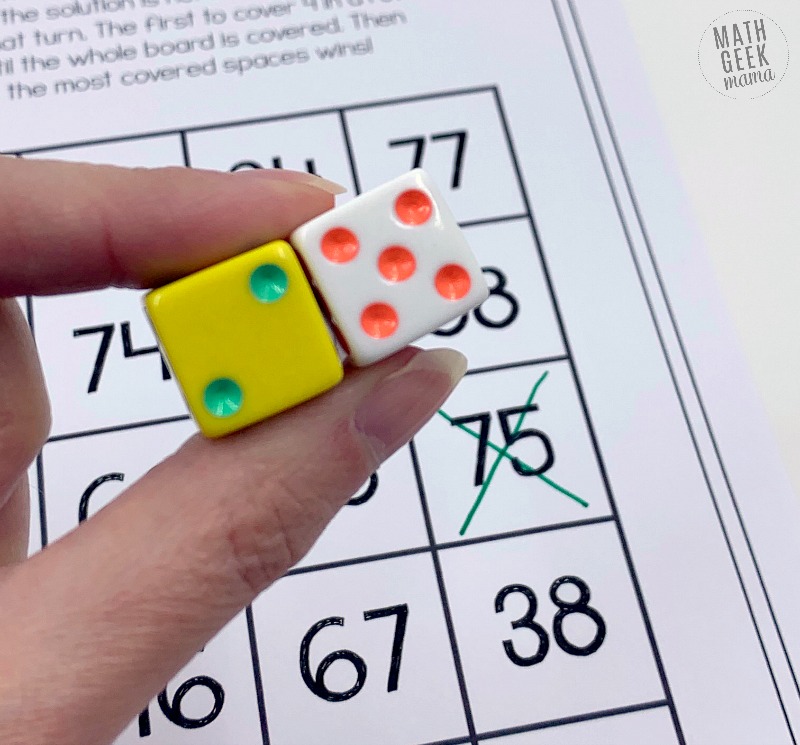
But what if 75 is already covered? Or what if 75 wasn’t an option? (Not every single possible answer is on the game board) Or what if a better square is available that will get them closer to 4 in a row?
They can also consider making the number 52 with their dice. This would allow them to cross off or cover 48 on the game board. If that is a better option, they should use that.
Player two then plays the same way.
If there are no spaces available to play on, they lose that turn. Players continue taking turns until someone gets 4 in a row. The first player to cover 4 in a row wins.
Or if they’re really having fun and don’t want to quit, they can play until the whole board is covered. Then the player with the most covered spaces wins.
Celebrate 100 Worksheets:
Lastly, there are some simple and low-prep practice pages in the download to provide additional practice with making 100.
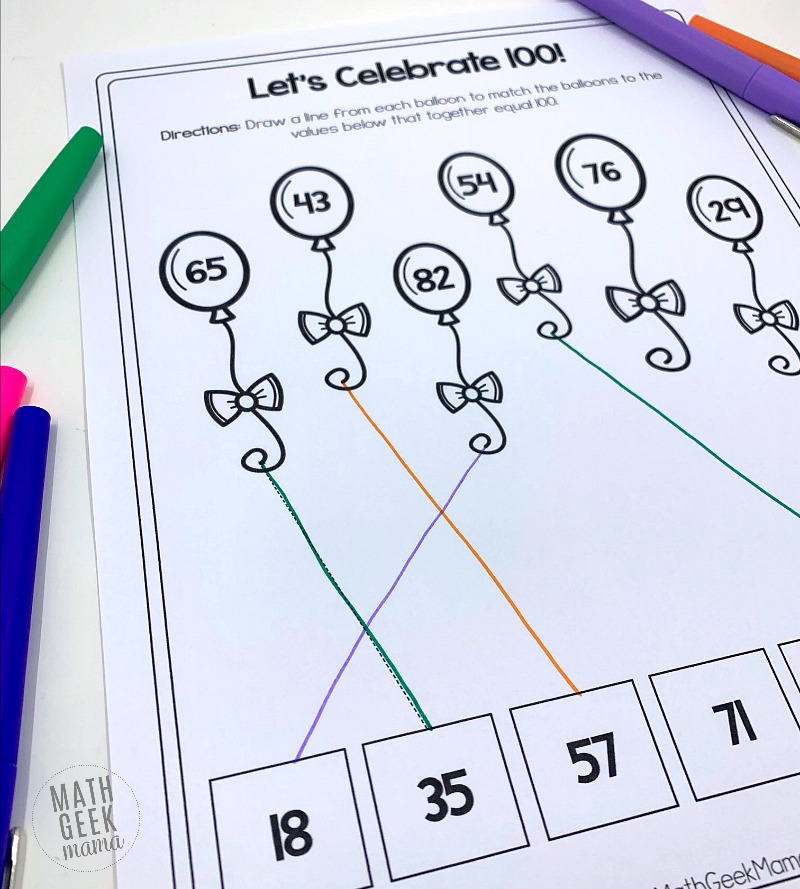
Kids match each balloon to the number at the bottom that will “make 100” with the number on the balloon.
This would be a great way to reinforce what kids learned through playing the games, or a simple homework assignment to get in some extra practice.
More Math Fun for the 100th Day of School:
Looking for more ways to celebrate the 100th day? Check out these additional resources to practice making 100 or have 100th day of school fun.
- 100th Day of School STEM Challenges
- 100 Math Ideas for the 100th Day | <–such a huge variety of ideas!
- Close Call: Simple Card Game | how close can you get to exactly 100?



